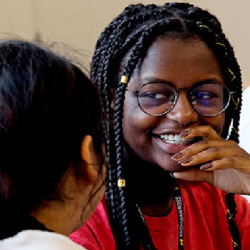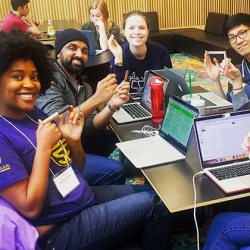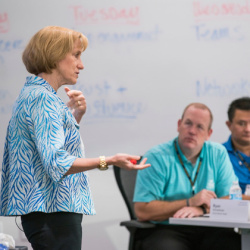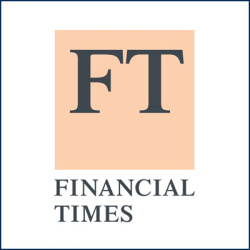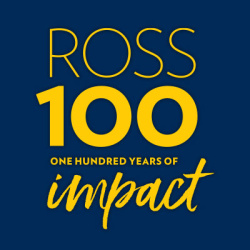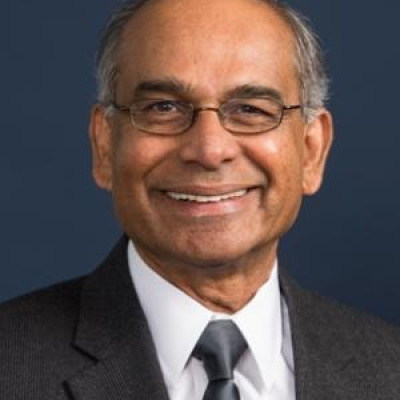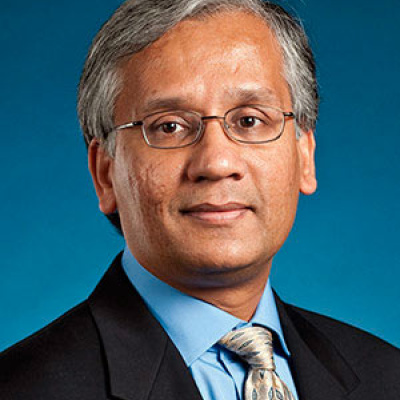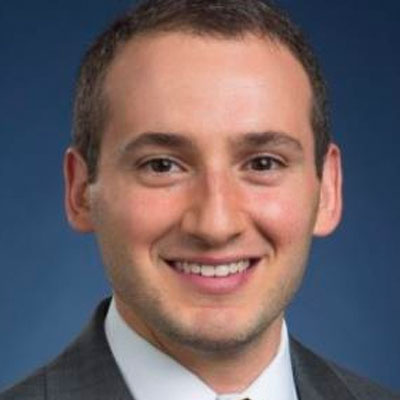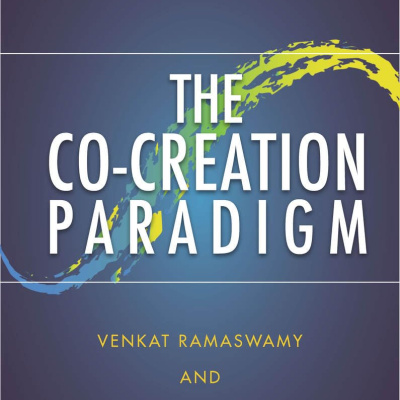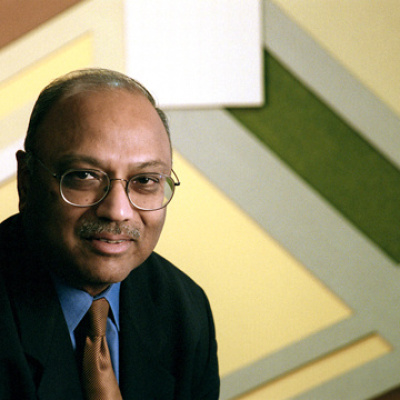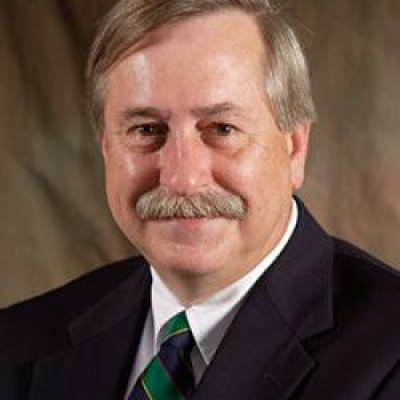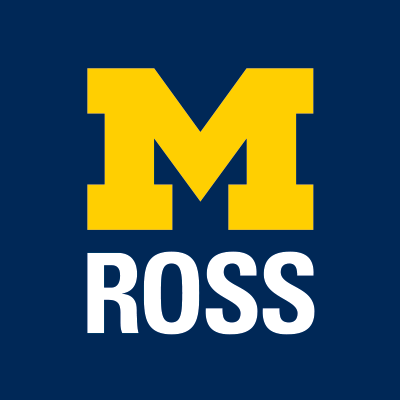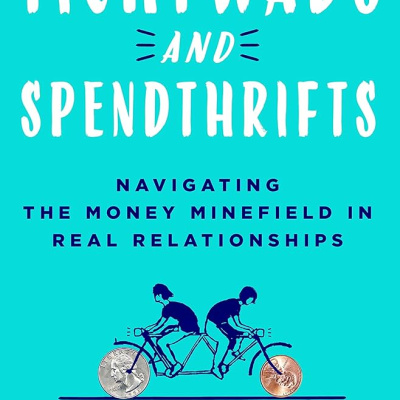Explore the faculty research, thought leadership, and groundbreaking philosophies that established Michigan Ross as one of the world’s top business schools.
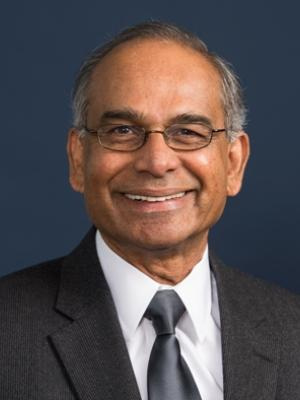
In 1985, Professor M.P. Narayanan published a paper on managers' proclivity to focus on the short- rather than the long-term. His paper is a rigorous and theoretical explanation that requires the manager to have private information. Narayanan shows that the manager's proclivity to focus on the short-term is more evident in a less experienced manager but is attenuated if the business's riskiness and the contract's length increase. While singling out the importance of the short- and long-term conflict as the basis for the myopic behavior of firms may be a challenge, this phenomenon is ever-present.
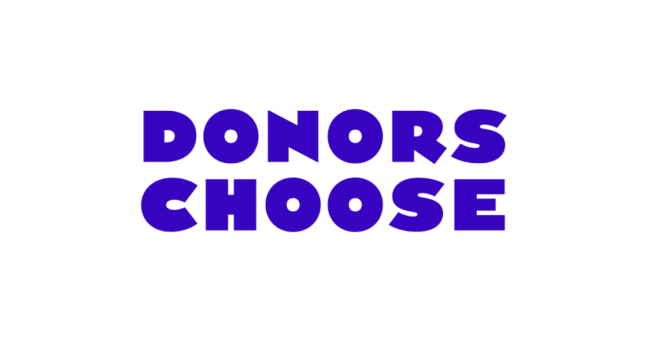
In their paper, “Crowdfunding the Front Lines: An Empirical Study of Teacher-Driven School Improvement,” Professors Samantha Keppler, Jun Li, and Andrew Wu conducted the first large-scale empirical test of the frontline improvement theory in K-12 schools. The theory, originating in automotive manufacturing, states that empowering front-line employees to identify organizational and process problems and implement solutions improves organizational performance and customer satisfaction. In this case, the team of Michigan Ross professors was interested in how teacher-identified problems in the classroom and crowd-funded solutions improved learning outcomes for K-12 students.
The team analyzed data on thousands of K-12 teacher projects on the largest teacher crowdfunding site, DonorsChoose. They found that one funded project (about $400 in value), on average, achieves a significant increase in the percentage of students scoring basic and above on all tested subjects in high school, as well as science and language arts in primary and middle schools. This effect translates to two-nine additional students moving up to at least a basic level of proficiency in the correlating subject. The effect of these projects is greatest in low-income schools, where funded projects, on average, move four-10 additional students to at least a basic level of proficiency in tested subjects.
From the textual analyses of the teacher's written statements about the impact of the projects in their schools, Keppler, Li, and Wu additionally learned that student academic performance is significantly better when teachers use crowd-funded money to improve knowledge retention, as a repeated learning tool, and to differentiate or personalize learning.
Due to the demonstrated impact of teacher-driven crowdfunded projects, DonorsChoose has partnered with eight states to spend COVID-19 education relief funding on teacher crowdfunding projects. To date, these partnerships have funded over $100 million of teacher projects from over 100,000 teachers, impacting over 10 million students.

Professor David Hess is a thought leader in using new governance regulatory theory to advance the effective and efficient use of corporate monitors in U.S. and international settings. Hess and his co-authors published their first research on the topic in 2008 in the Cornell International Law Journal.
Since then, David has become a recognized thought leader with multiple published articles and book chapters on using monitors in settlement agreements to battle corruption and cultivate ethical behavior.
Based on his expertise, in 2013, the American Bar Association's Task Force on Standards for Monitors asked Hess to serve as its reporter. In 2020, the ABA published the 77-page Criminal Justice Monitors and Monitoring Standards. Hess' role as a reporter required that he draft and revise the standards before each meeting to reflect task force input.
This required legal research and drafting of explanatory memoranda as well as responding to comments and concerns of task force members and ABA officials. The Standards are used by companies, prosecutors, and judges when considering the use of corporate monitors with Deferred Prosecution Agreements or other settlement agreements resulting from concerns about fraud or other misconduct. The Standards may be used by other countries when establishing monitoring programs.

If people don’t pay much attention to the ads when they watch TV, they can’t possibly think a lot about what the ads are saying. How, then, does advertising have the effects on consumer buying that it does? Showing that emotional responses evoked by the ad play an important role was a major research contribution by Rajeev Batra, Michigan Ross marketing professor. Batra came to U-M in 1989 from Columbia University, where he began this research stream. Over 10 years at MichiganRoss, he grew this research stream to show more clearly how these ad-evoked emotions interacted with the ads’ more rational content, what the different types of ad-evoked emotions were and how they could be measured accurately, and how they shaped consumers’ liking for and perceptions about brands. His co-authored papers on these topics have been cited more than 8,000 times, and he has twice been listed among the most influential scholars in the study of advertising. The methods he developed for measuring the types and effectiveness of emotional ads have also been incorporated into copy-testing systems at multiple ad agencies.
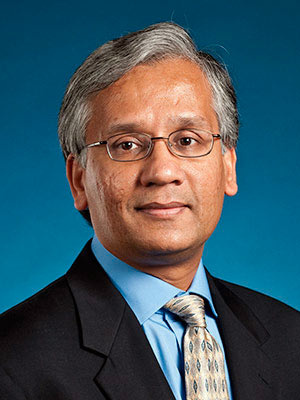
In 2002, Professor Ravi Anupindi and his co-authors published the influential paper "Coordination and Flexibility in Supply Contracts with Options" in Manufacturing & Service Operations Management. This work introduced an innovative model that integrated options into supply contracts, offering enhanced management of demand uncertainties in supply chains. The research highlighted the important potential role of options in attaining contractual flexibility to coordinate supply chain participants and improve overall efficiency. The paper influenced subsequent research on supply contract design and demand management, one of the major areas of supply chain management research in the past two decades.
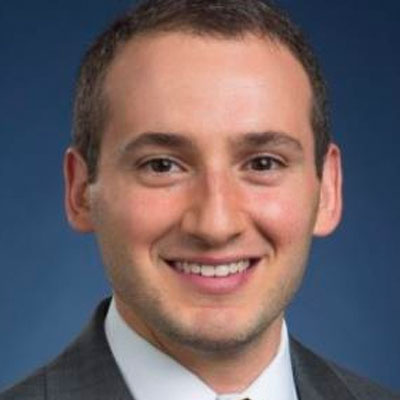
Building on his experience as an attorney at the Federal Reserve, the 2020-22 research of Assistant Professor Jeremy Kress has identified critical weaknesses in bank merger oversight and proposed strategies to reinvigorate bank merger enforcement. Kress' work has shown that lax bank merger oversight has harmed consumers, businesses, and the broader financial system. His research has demonstrated that the prevailing approach to bank merger regulation has increased the cost and reduced the availability of consumer credit, inflated the fees that banks charge for basic financial services, limited small business credit availability, and threatened financial stability. Kress' research has pushed bank merger reform onto the policy agenda in Washington, D.C. by serving as a blueprint for legislation introduced by Senator Elizabeth Warren and inspiring an executive order on bank mergers by President Joe Biden. The Department of Justice also invited Kress to lead a joint initiative with the federal banking agencies to rewrite their bank merger policies.

The marketing faculty at the University of Michigan has, over the decades, made several foundational contributions to the area of consumer behavior. Professor Joseph W. Newman, who was a marketing faculty member at the Michigan Business School from 1949-51 and again from 1965-73, helped greatly through his books and research publications to deepen the impact on the marketing discipline of concepts including economics and decision theory, psychology, sociology, and anthropology, especially through the qualitative research techniques of motivational research. Along with his doctoral students, he published highly impactful research on how consumers gather and use pre-purchase information. He also published research on customer satisfaction and dissatisfaction. For these and other contributions, he was named a fellow of the Association of Consumer Research in 1990, its highest honor. In the decades since, the marketing faculty at Michigan Ross has continued to make many more notable contributions to our understanding of consumer behavior.

Since an article she published in the Iowa Law Review in 1995, Professor Dana Muir has worked in the field of fiduciary obligation, particularly as it relates to the investment of the almost $37 trillion in U.S. retirement assets, but also as it relates to a variety of other employee benefit plans. In her 1995 article, Muir explained that the courts' attempts to define fiduciary obligation using concepts from fourteenth-century trust law were misguided. Muir has subsequently addressed fiduciary concepts in the context of investment advice, the extent to which employers serve as fiduciaries of the plans the sponsor, and, most recently, in their application to the consideration of environmental, societal, and governance factors in the investment of retirement fund assets.

"Co-creation as a revolutionary paradigm was introduced by Professors C. K. Prahalad and Venkat Ramaswamy in a series of articles published between 2000 and 2004 and an award-winning book, The Future of Competition. Their work provided a new frame of reference for jointly creating value through networked environments of increasingly digitalized experiences, going beyond goods and services, and called for a process of co-creation -- the practice of developing offerings, experiences, and unique value through ongoing interactions with customers, employees, managers, financiers, suppliers, partners, and other stakeholders. Through their work, they envisioned an individual and experience-centric view of interactive value creation and innovation.
Starting in 2005, the explosion of digital and social media, the convergence of technologies and industries, embedded intelligence, and information technology-enabled services enabled enterprises to build platforms for large-scale, ongoing interactions among the firm, its customers, and its extended network. Ramaswamy's work argued that success lies in connecting with people's experiences to generate insights and change the nature and quality of interactions. He also called for co-creation from the inside out of enterprises and their networks, as much as co-creation from the outside in, and for leaders to co-create transformative pathways.
In 2014, Ramaswamy published "The Co-Creation Paradigm", which combined the core ideas of co-creation with a call to see, think, and act differently in an interconnected world of possibilities and complex challenges to co-create a better future as individuals."

The Preparation Initiative was created by Professor Emeritus Frank Yates in 2005. Yates was a champion of diversity in higher education and believed all students should have access to Michigan Ross, regardless of their preparation. The Preparation Initiative is a thriving community designed to foster the excellence and success of undergraduate business students from economically distressed backgrounds or from racial or ethnic groups historically underrepresented in business leadership. Since its inception, the Preparation Initiative has supported hundreds of students in their pursuit of a business education and now also offers mentoring opportunities for alums of the program.
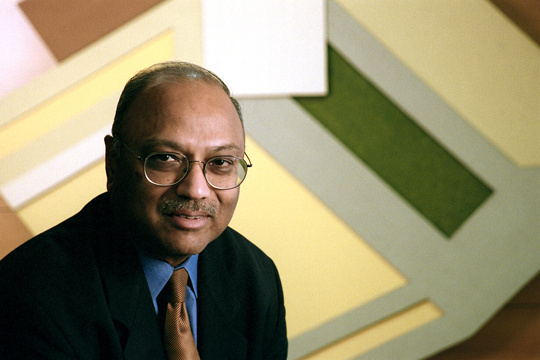
In the article "The Core Competence of the Corporation," Professor C. K. Prahalad and his collaborator Gary Hamel introduced a groundbreaking idea about how companies succeed.
They presented the idea that rather than just looking at the products they sell, companies should identify and nurture their core competencies -- the unique abilities and strengths that make them stand out. Those competencies are born from collective experience and knowledge in the company and combine different skills and technologies. Additionally, core competencies are not easy for competitors to copy, therefore giving companies a lasting edge in the market.
In their article, Prahalad and Hamel cautioned companies not to get overly wrapped up in their current products, which might change with time. They advised that instead, companies should focus on understanding and enhancing their deep-rooted strengths as they pave the way for future innovations and market leadership. By recognizing and harnessing core competencies, companies can venture into new markets, innovate, and stay ahead of the competition. In simple terms, companies should know and recognize what they are genuinely good at and use that to shape their future.

Michigan Business School Professor and Erb Institute Faculty Director,Tom Gladwin, pioneered the field of business sustainability with his concept of a "science of sustainable enterprise." It was one of the first scholarly frameworks to bring together the social, environmental, economic, and organizational aspects of competitive companies that likewise are managed to explicitly create value for society. With groundbreaking publications like "Shifting Paradigms for Sustainable Development: Implications for Management Theory and Research" and "Beyond Eco-Efficiency: Towards Socially Sustainable Business" in the 1990s, Gladwin dramatically expanded the scope of traditional management education and business leadership. Throughout his career, and his long-time partnership with the Prince of Wales's Business & the Environment Programme, Gladwin influenced hundreds of CEOs and other top corporate leaders to think deeply about, and take action on, the threat and the opportunity of sustainable business.

Previously, it was commonly believed that the media had little role to play in capital markets -- that they neither produced information nor disseminated information in a meaningful manner. Professor Greg Miller questioned this logic and set out to see if there was empirical evidence that would support such an assumption.
Miller found that the business press acted as a corporate watchdog that was instrumental in uncovering financial misconduct. As such, the business press was no longer viewed as talking heads, but as investigative journalism which brought value to the market through the governance role it played. With the more recent introduction of social media, many believed that social media had no role to play in capital markets. A team of researchers from U-M, including Beth Blankespor, Miller, and Hal White, decided to take a novel approach and see if social media could improve capital market outcomes.
Their work was the first to show that social media played an important role in disseminating corporate financial information. Their foundation of research was instrumental in corporate investor relation groups adopting social media to disseminate information to market participants.
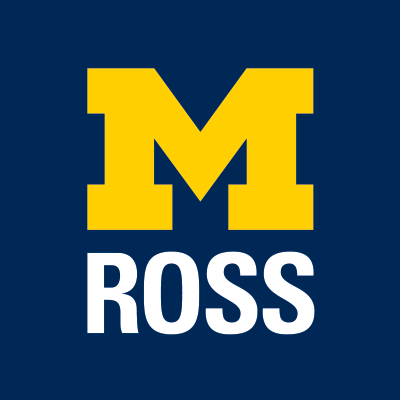
The fields of social movements and organizations had very little overlap until Professors Jerry Davis and Mayer Zald convened a pair of conferences at Michigan Ross in 2001 and 2002 that brought together top scholars from both domains and forged research collaborations that yielded a 2005 Cambridge University Press volume and a 2008 special issue of Administrative Science Quarterly. Zald had previously published a piece on the topic in 1977, as had Davis in 1994. Today, this is a widely recognized and fruitful research domain that arose just in time to explain the increasingly prevalent interplay between corporations and social movements, including boycotts, corporate political activism, and employee social movements.

In 2008, an article by Michigan Ross Professor Scott Rick changed how academics, practitioners, and the general public thought about consumers’ spending habits. The key insight was that many people who spend very little are frustrated with their behavior. They consistently spend less than they think they should, often with negative consequences for themselves and those around them. Under-spenders (“tightwads”) and over-spenders (“spendthrifts”) are two sides of the same coin: both experience conflict and distress around their spending habits. The scale Rick and colleagues developed to measure these tendencies has become widely used by marketing and psychology researchers. The tightwad-spendthrift construct attracted even more attention when Rick and colleagues demonstrated that tightwads and spendthrifts are more likely to marry one another than they are to marry someone like themselves. This “opposites attract” pattern is initially enjoyable, but eventually, as partners begin to confront a never-ending series of joint spending and saving decisions, tightwad-spendthrift differences harm relationship quality.
This research has attracted broad attention beyond the boundaries of marketing academia. It has been the topic of webinars, podcasts, and other features produced by the National Science Foundation, the American Psychological Association, the National Academy of Sciences, and the World Economic Forum. It has received years of sustained coverage from media outlets such as NPR, the New York Times, and the Wall Street Journal. Financial organizations like the CFP Board, ING, Charles Schwab, and Equifax have informed their clients and customers about the implications of this research. Most notably, in 2024, St. Martin’s Press published a mass-market book about this research, titled Tightwads and Spendthrifts: Navigating the Money Minefield in Real Relationships.

The Integrated Product Development course is a unique cross-disciplinary experiential course delivered jointly by Michigan Ross, the College of Engineering, and the Stamps School of Art and Design. The course requires teams of business, engineering, and art students to execute the full range of the product development and launch process, from early-stage ideation through design and fabrication to launch stage promotion, pricing, and inventory decisions.
It has been continuously offered for more than 30 years and has been featured on CNN and in BusinessWeek, the New York Times, and the Wall Street Journal. Professor William Lovejoy originally designed this course, but it was subsequently taught by a series of dedicated professors drawn from the three units. It remains a course students remember and refer back to throughout their professional careers.
